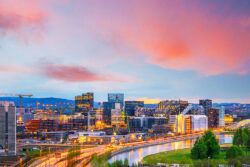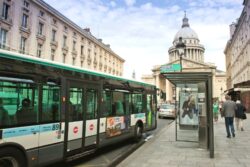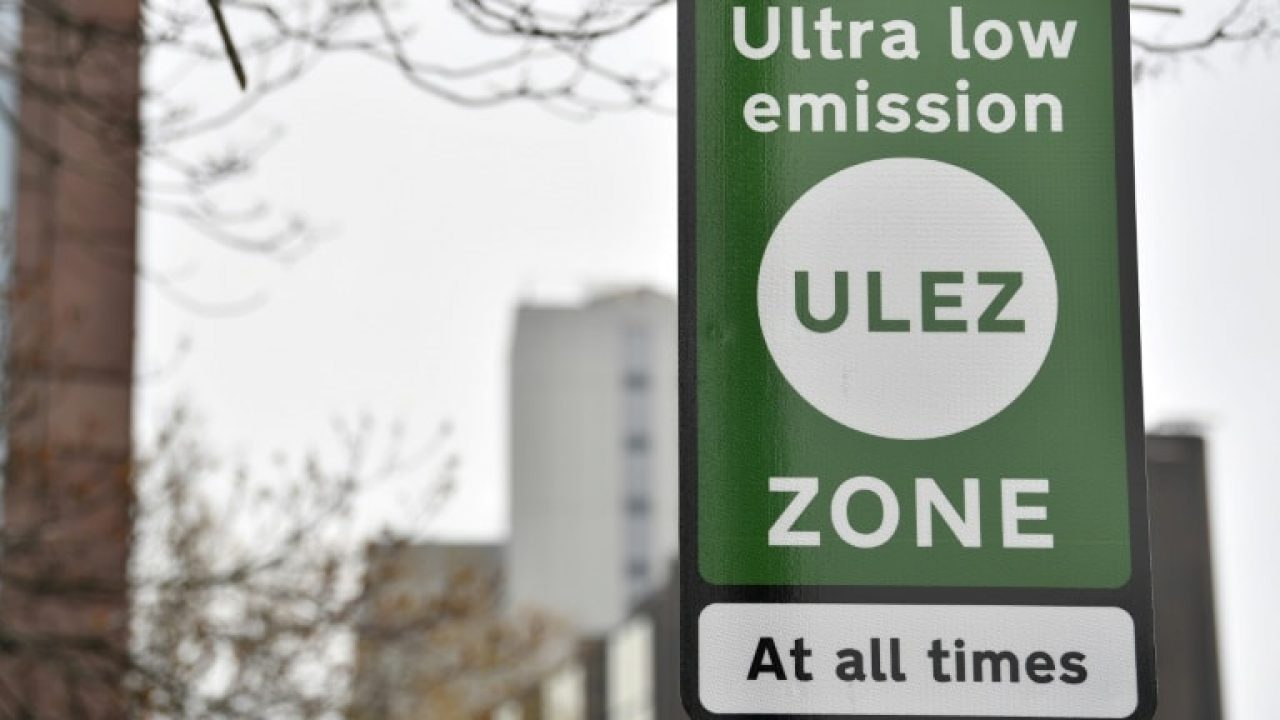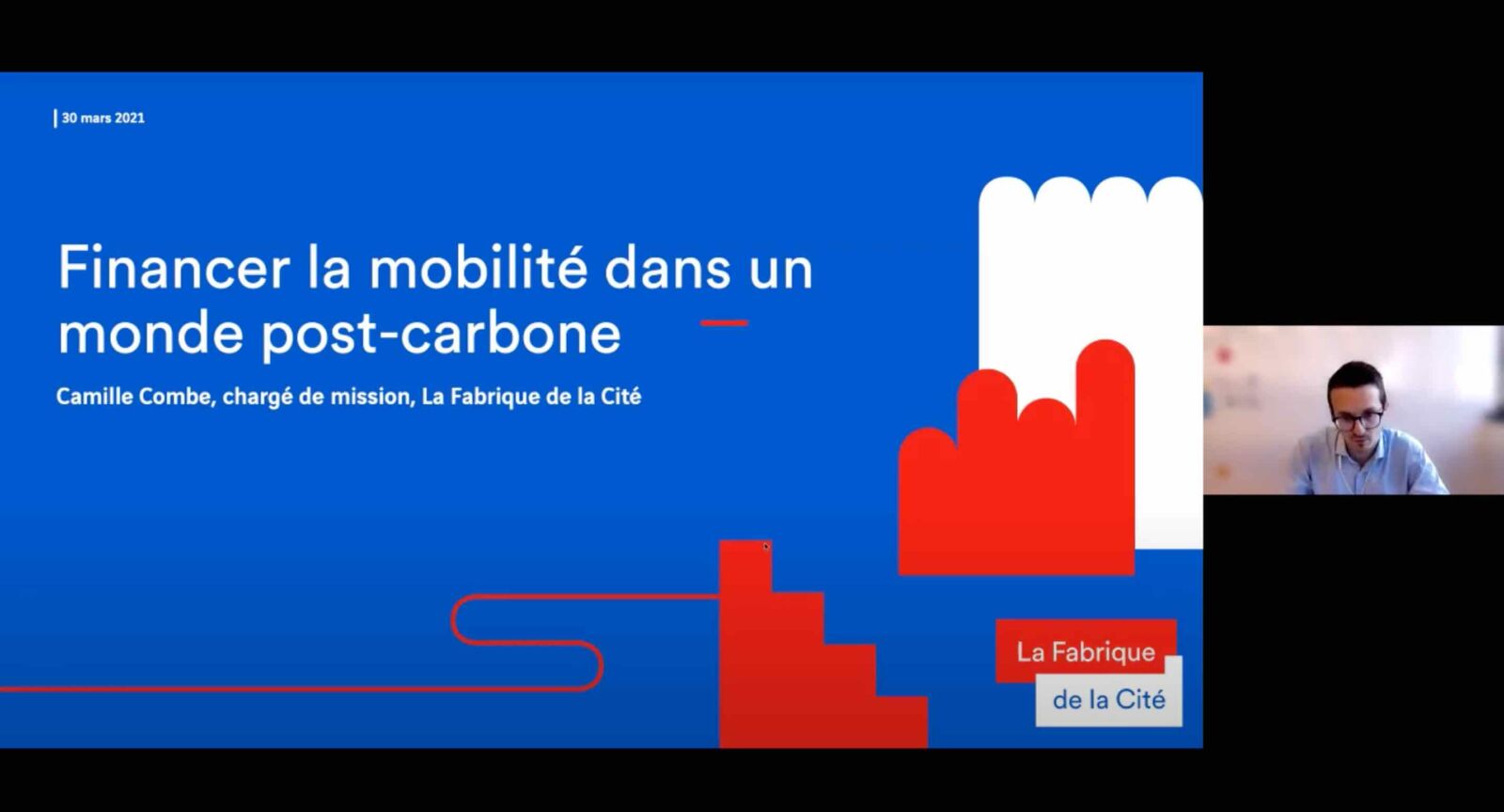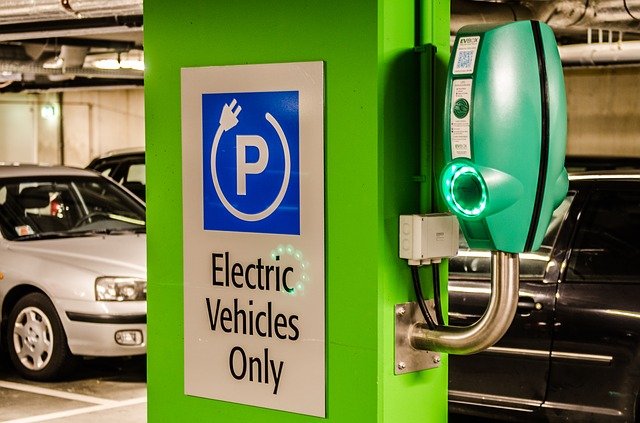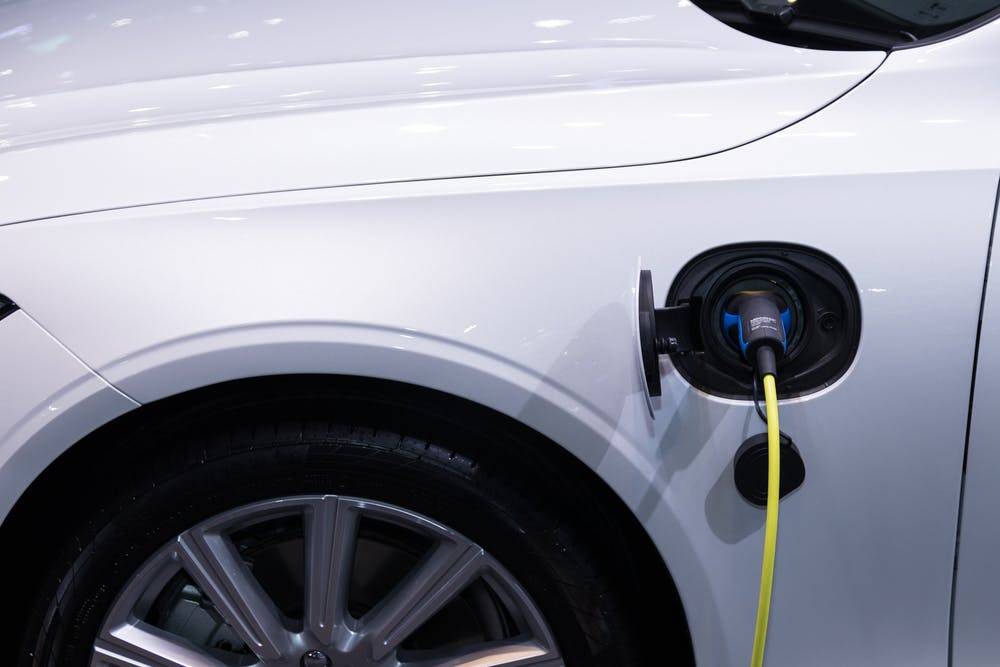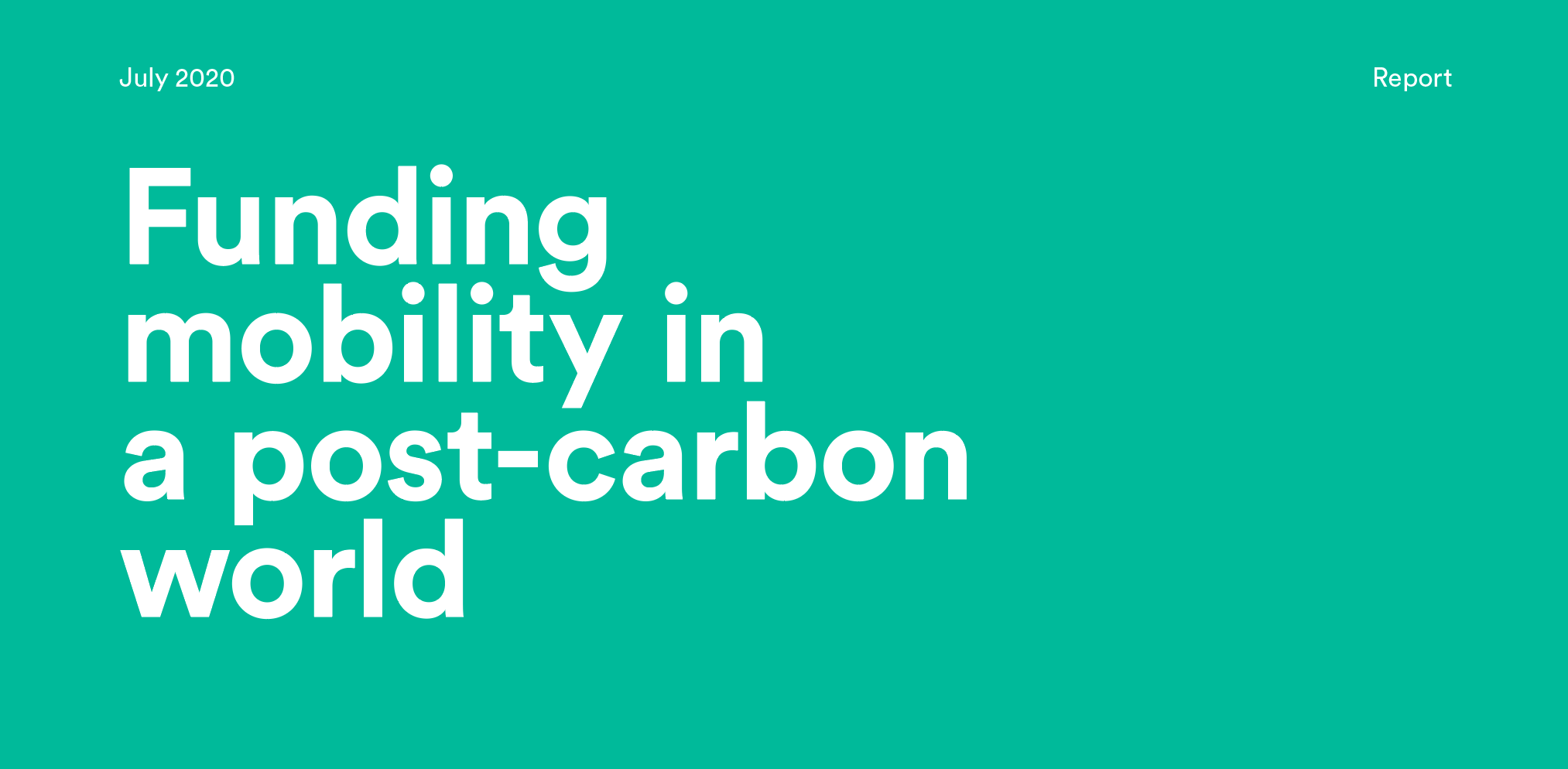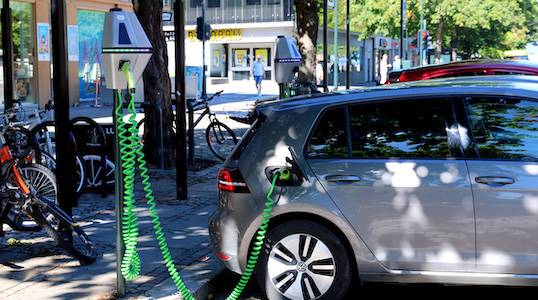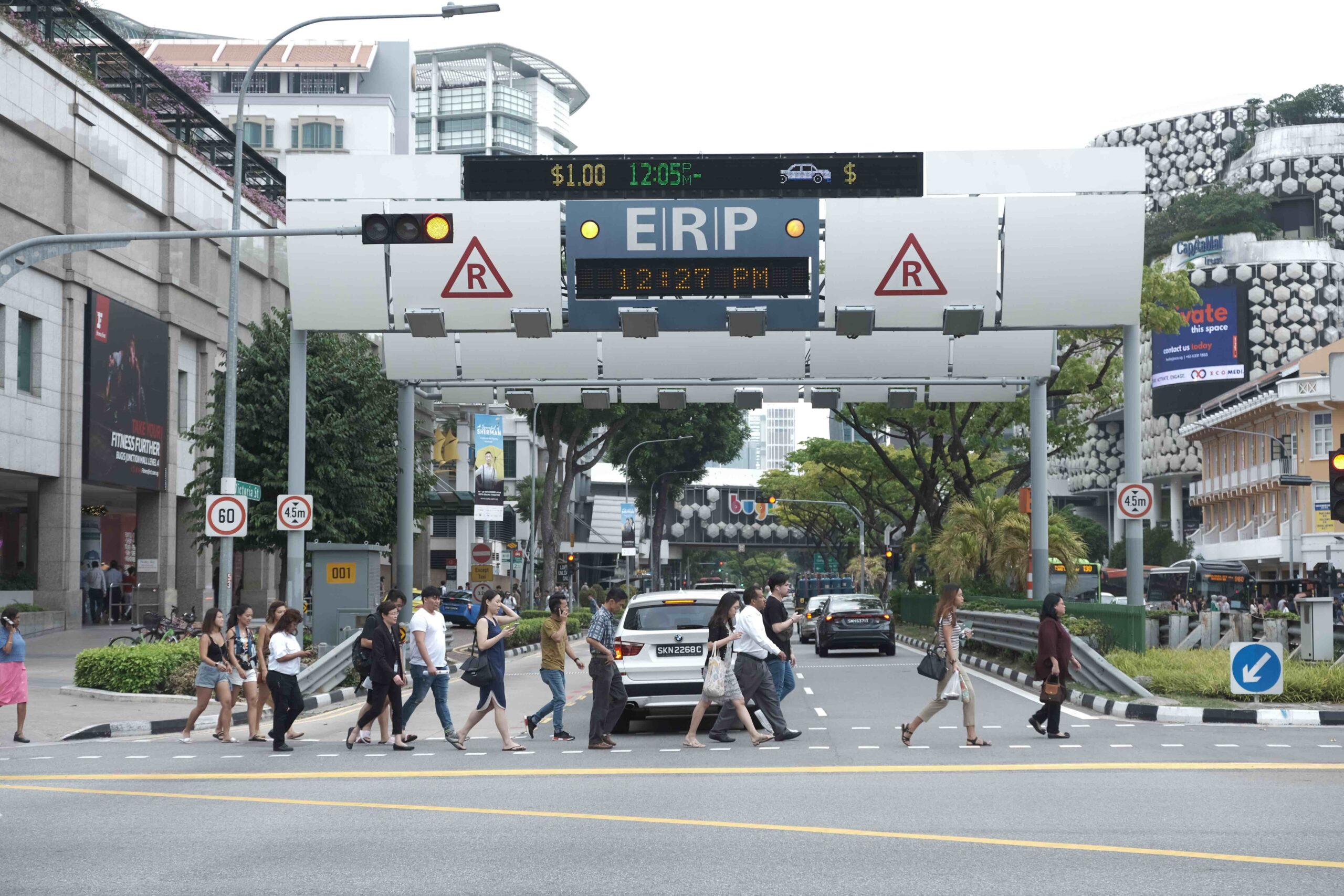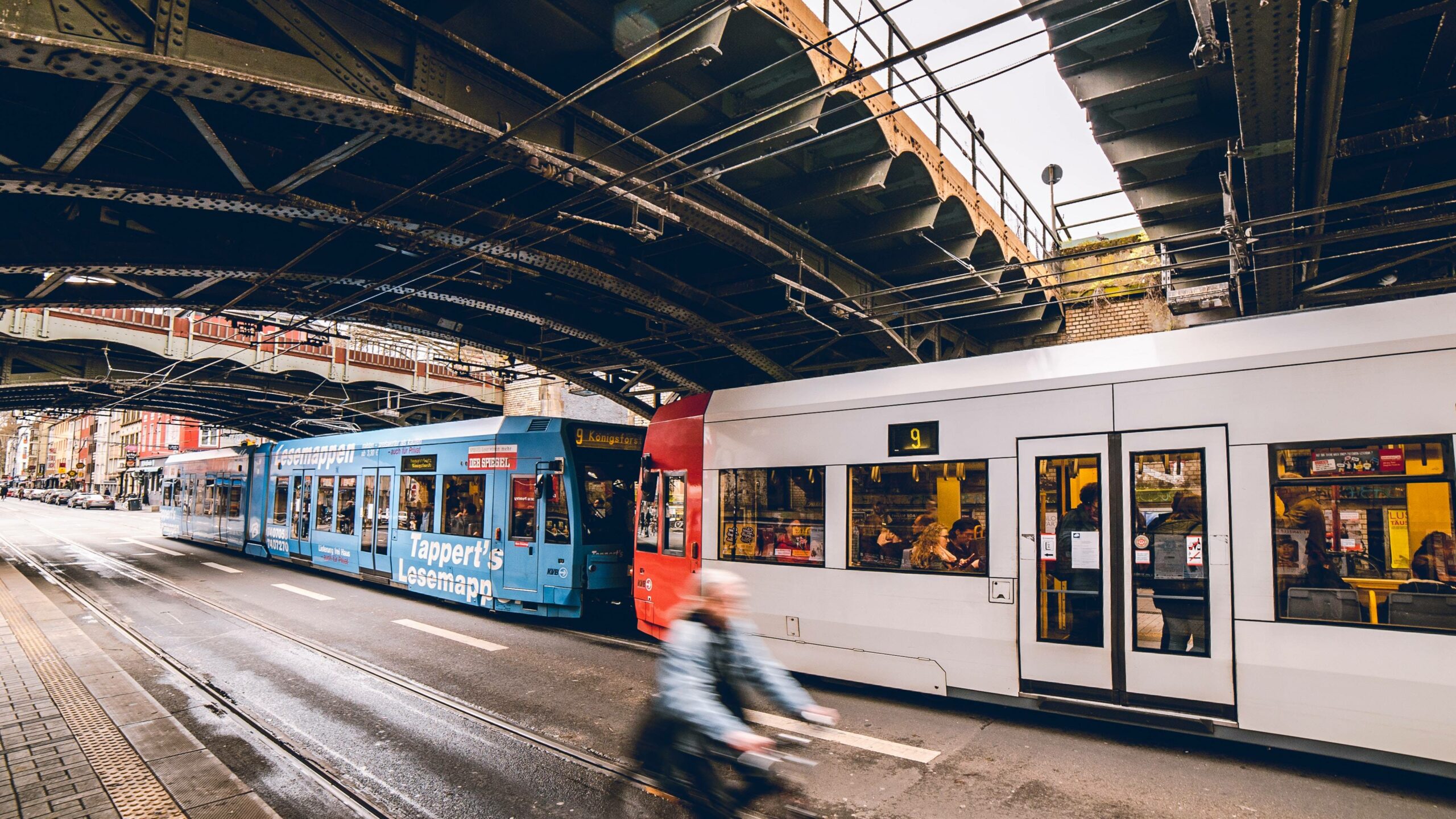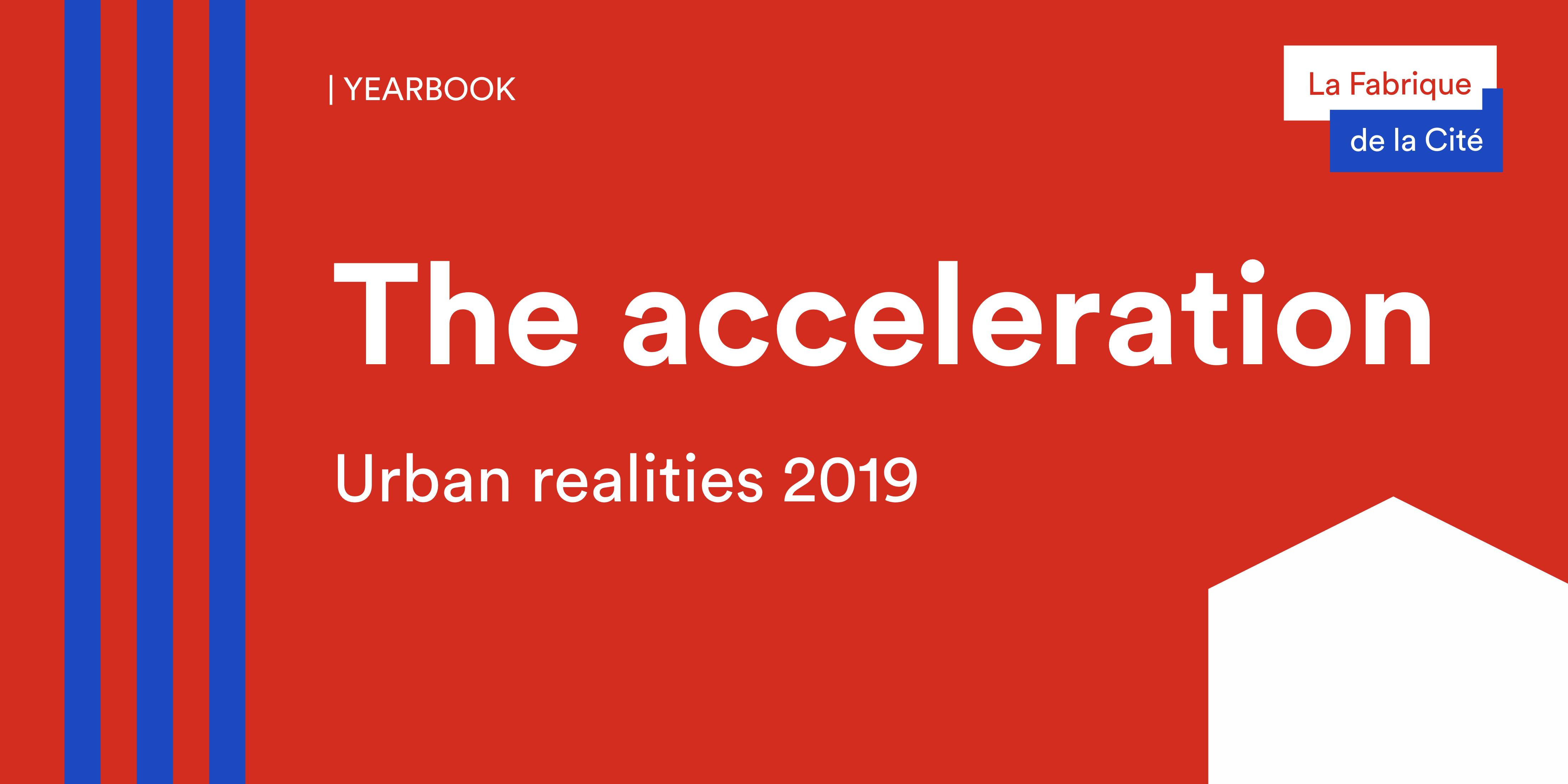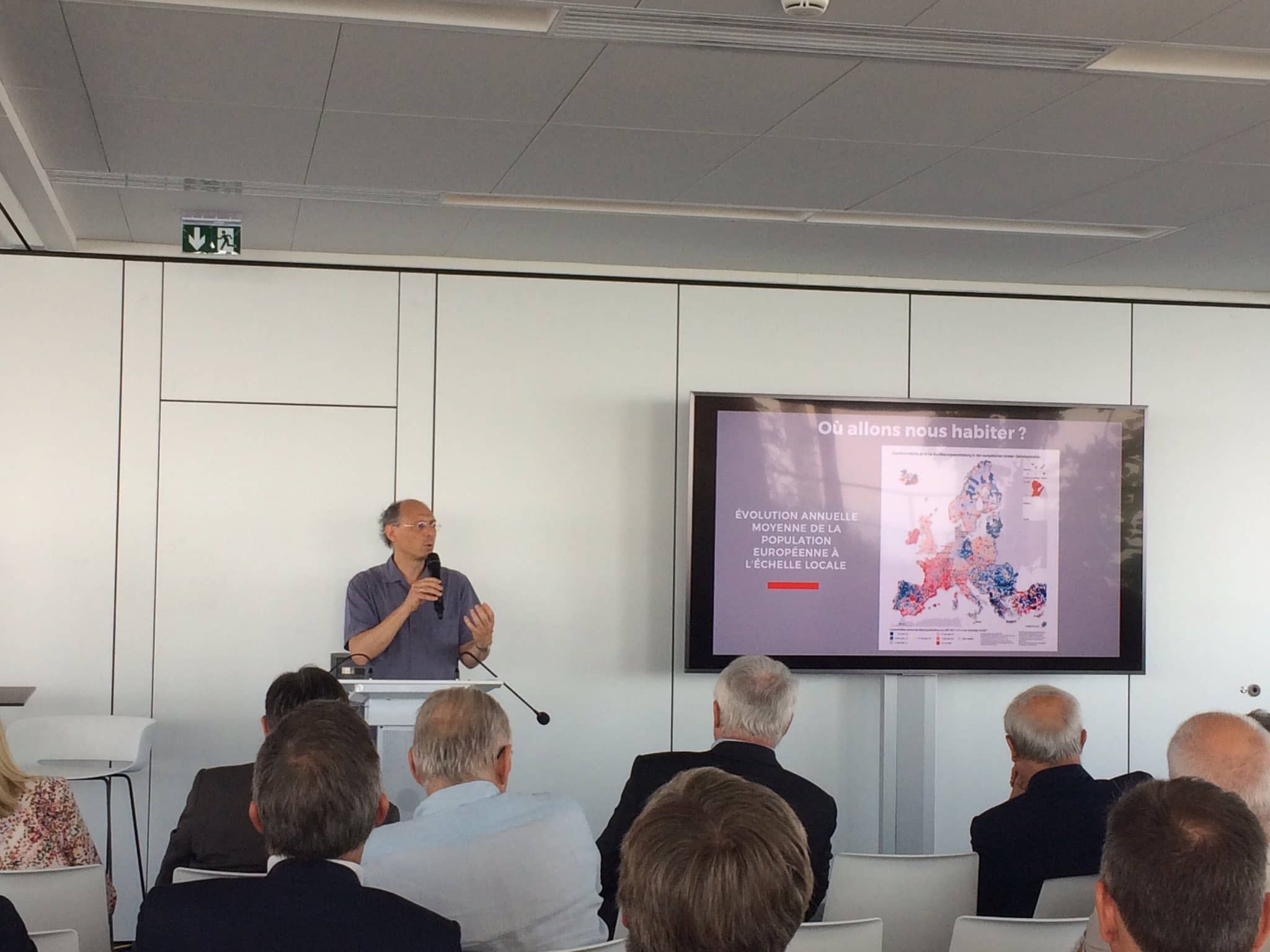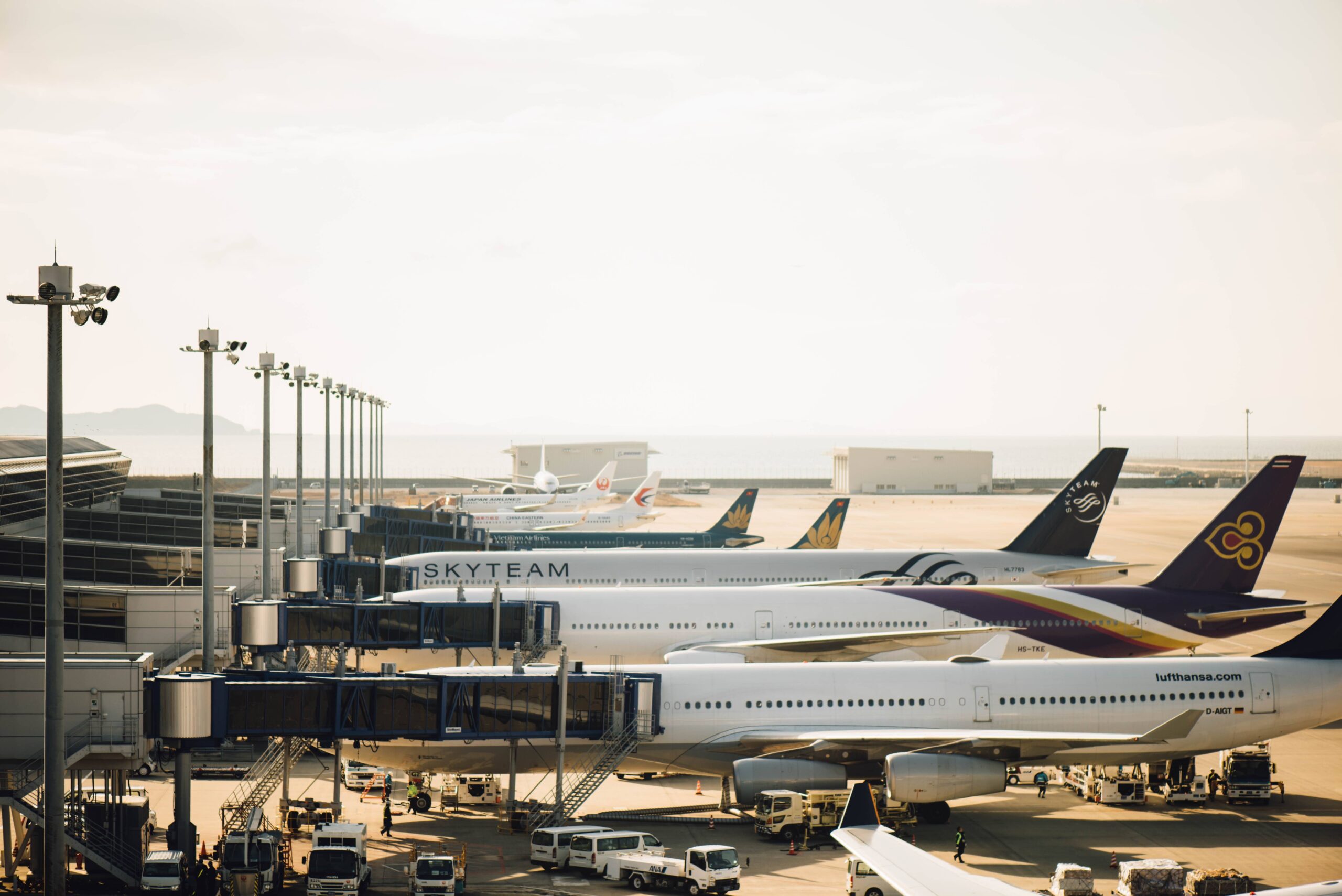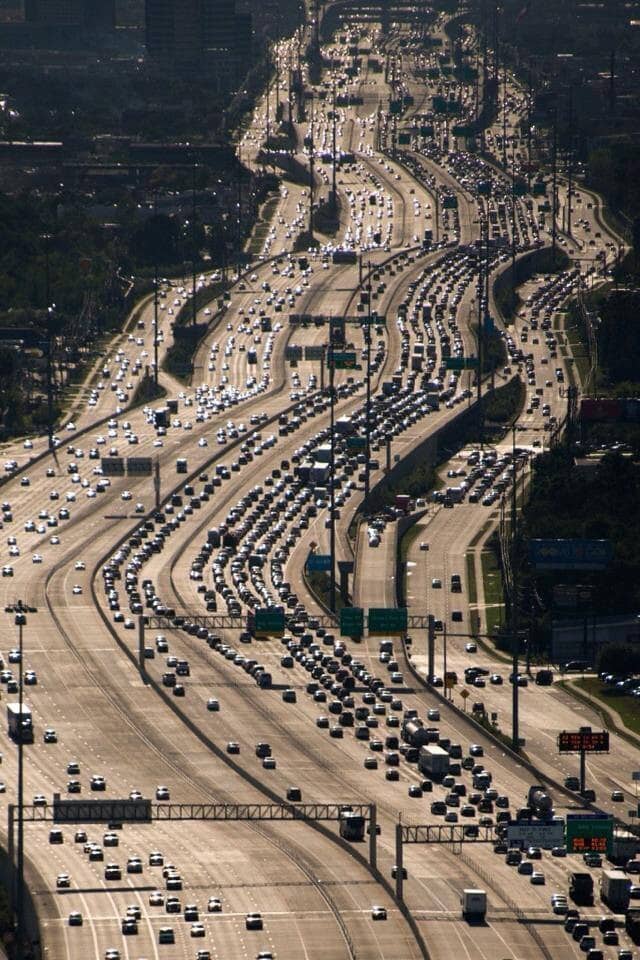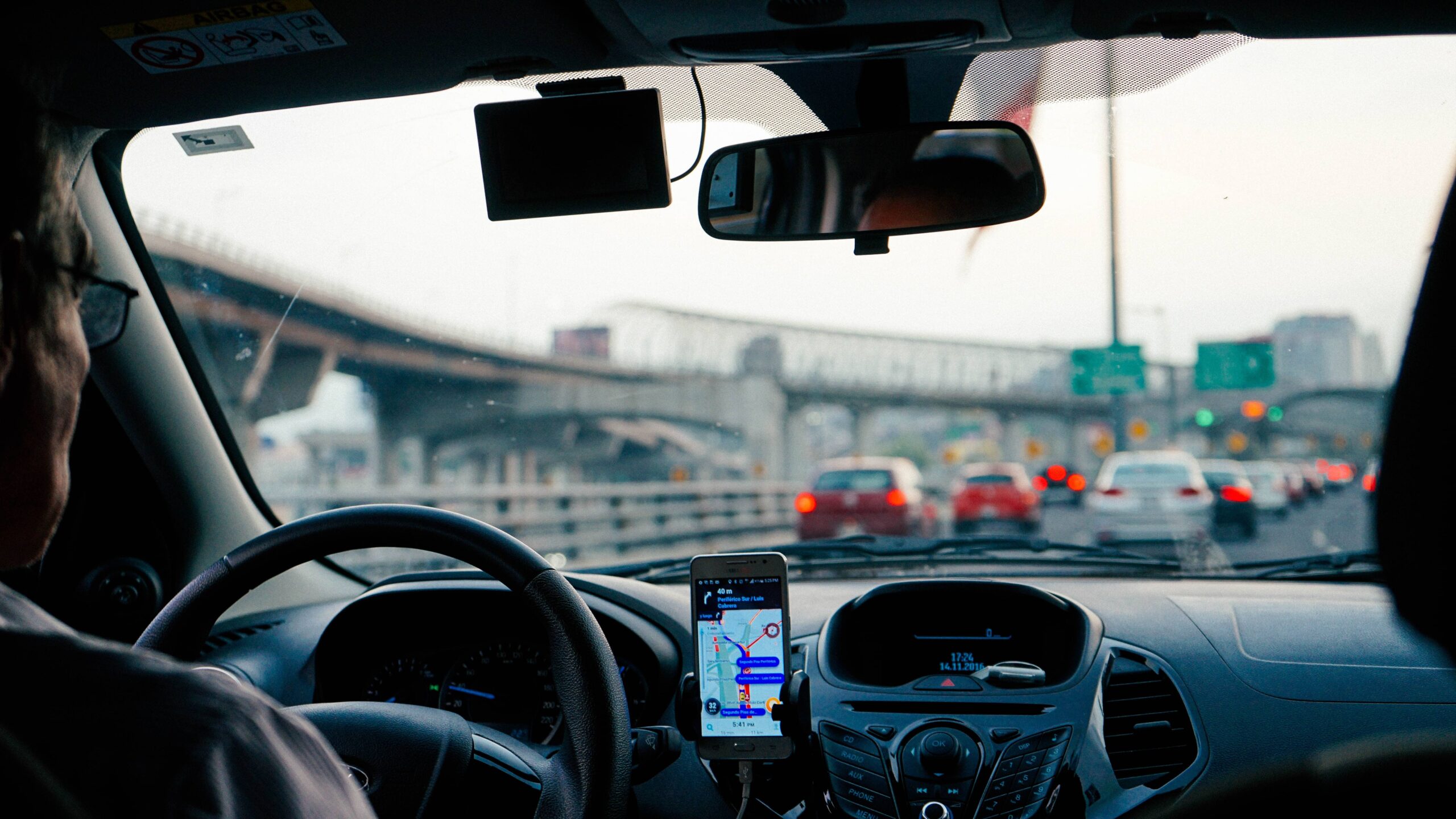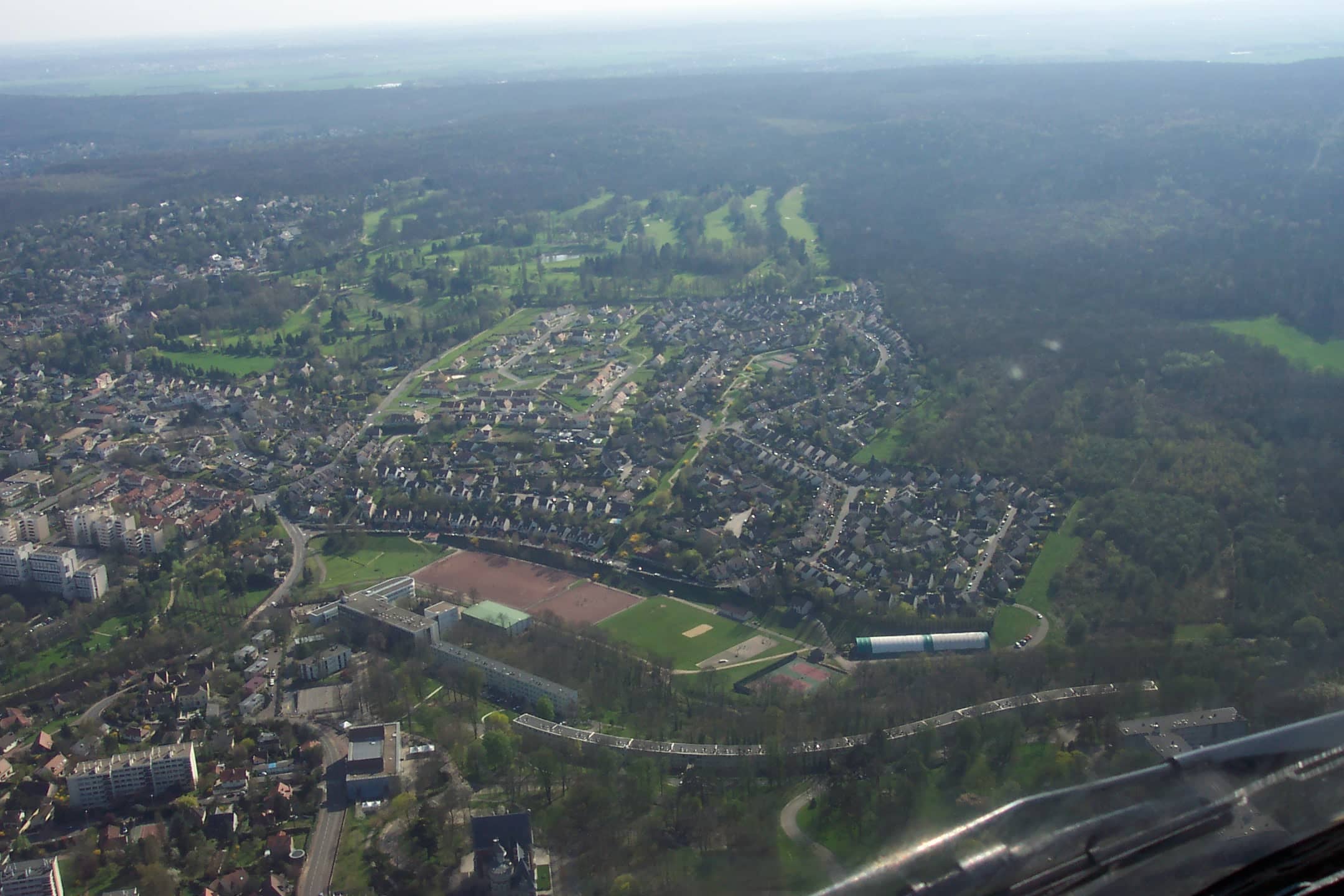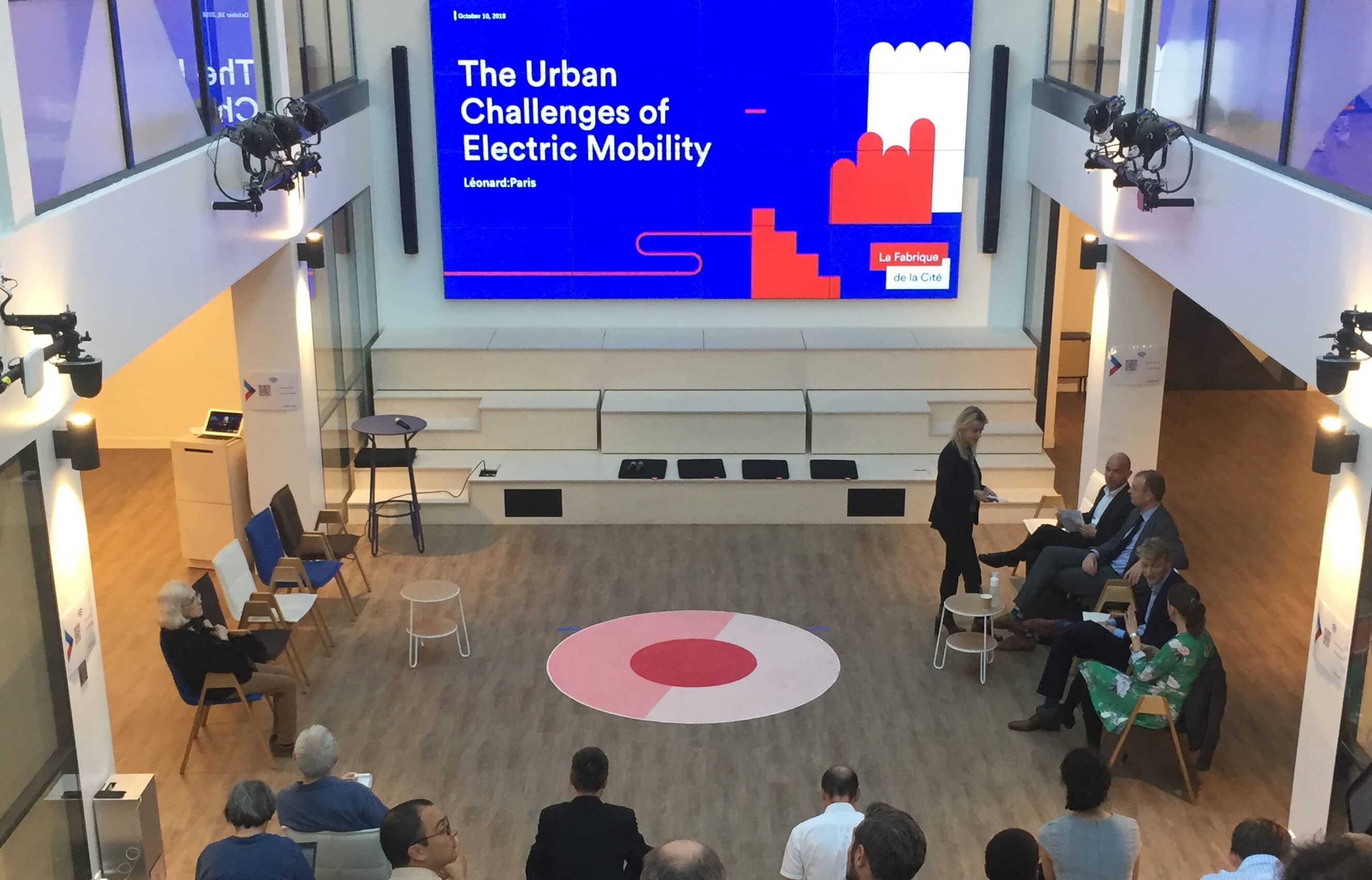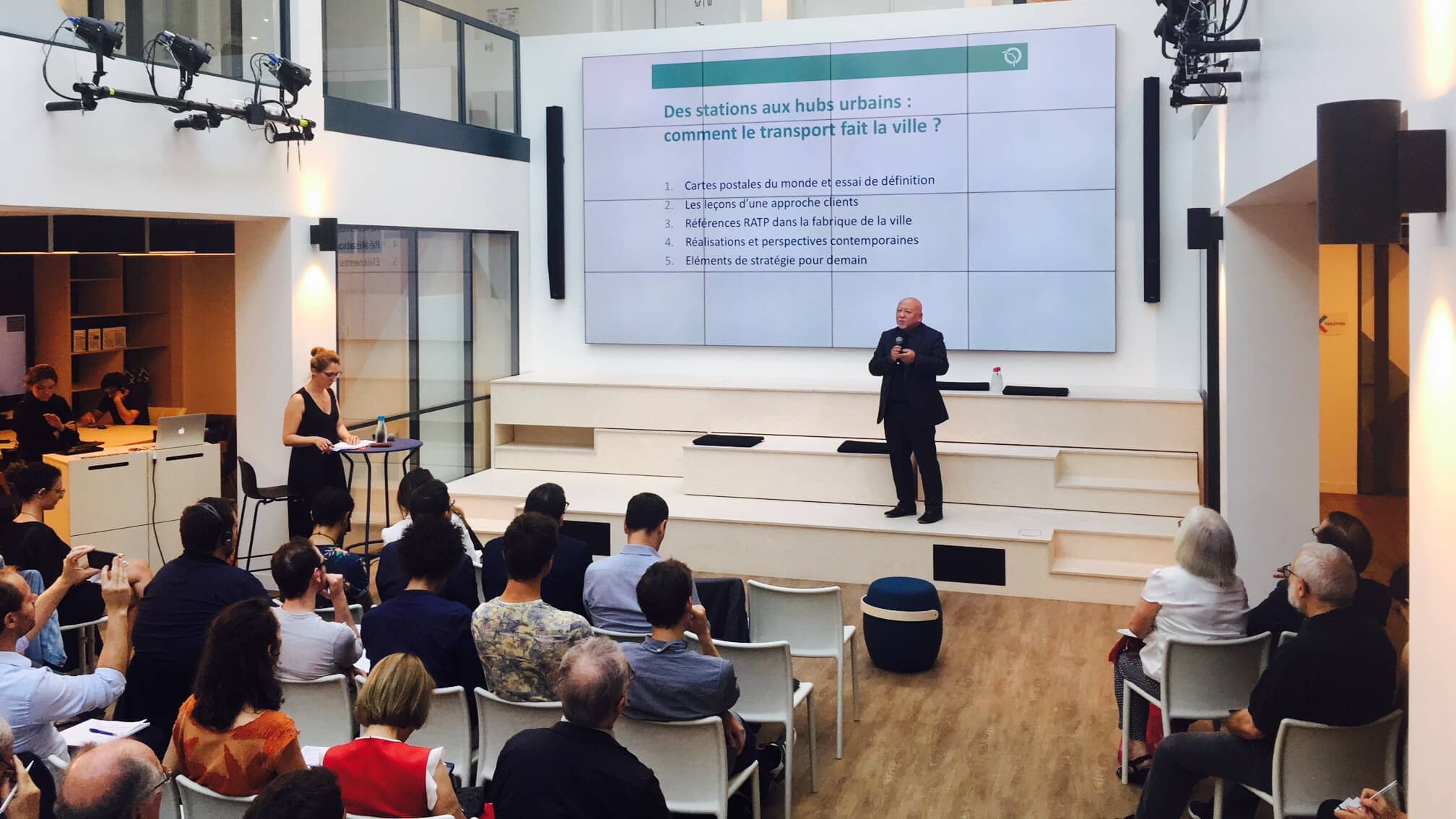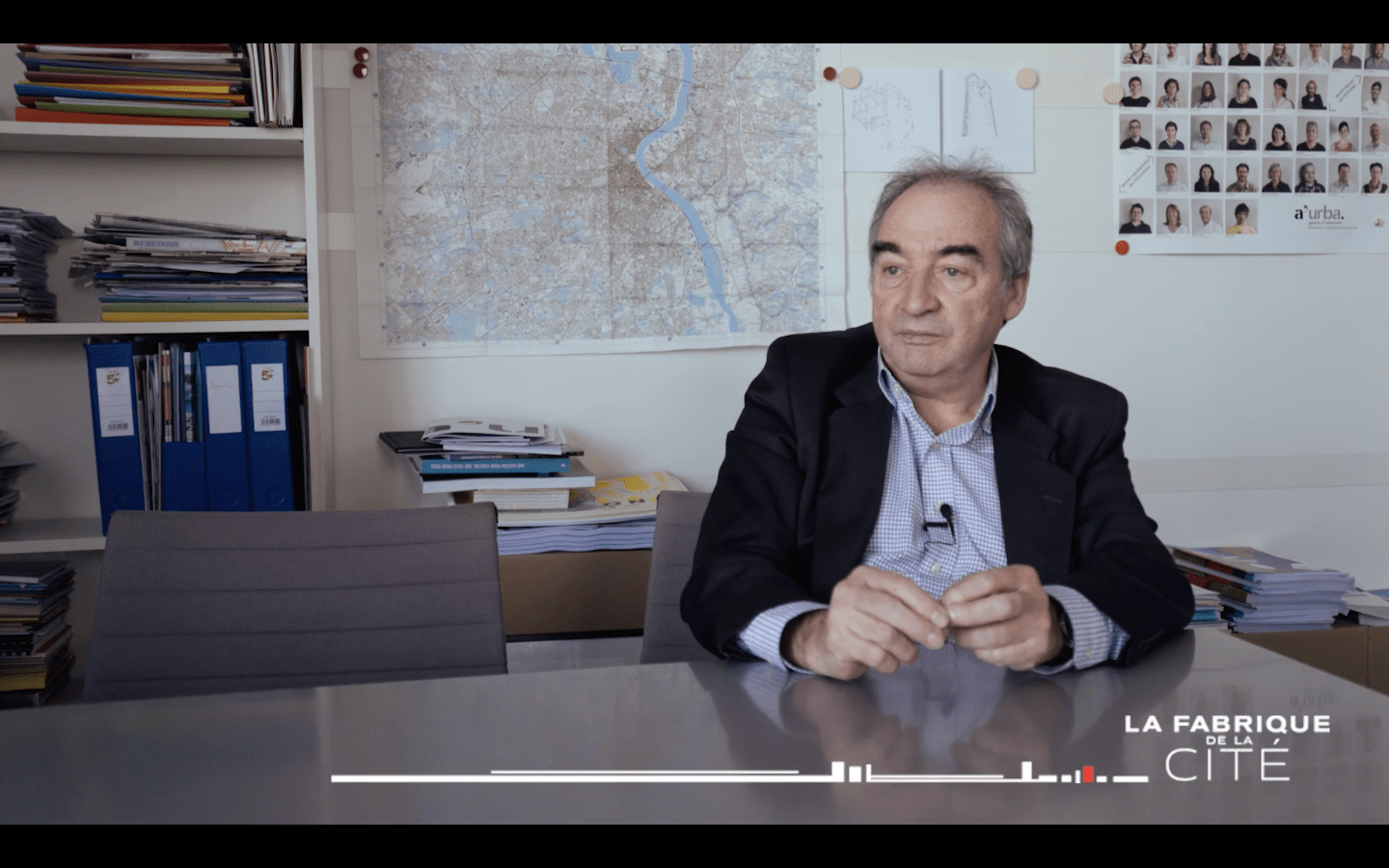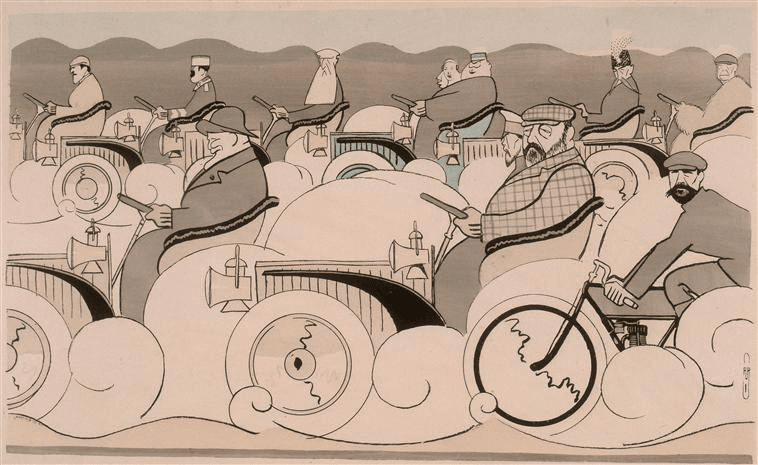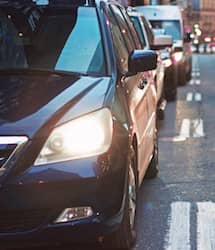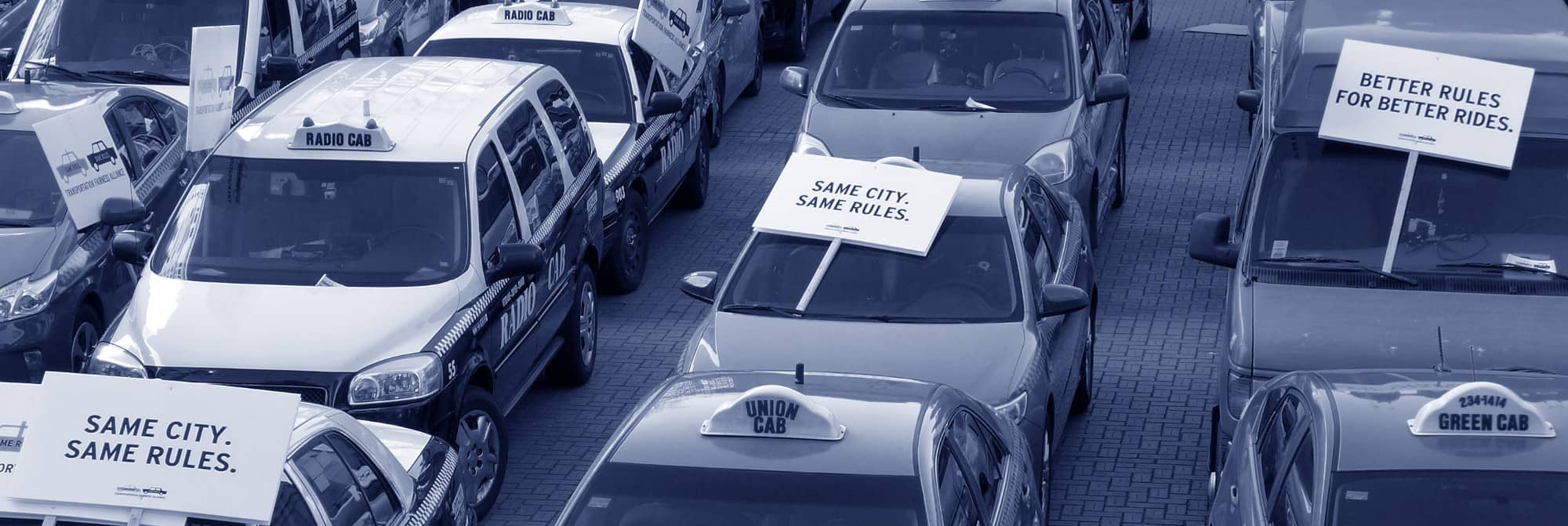

“It’s a plane, it’s a car, no, it’s… the mobility of the future!”
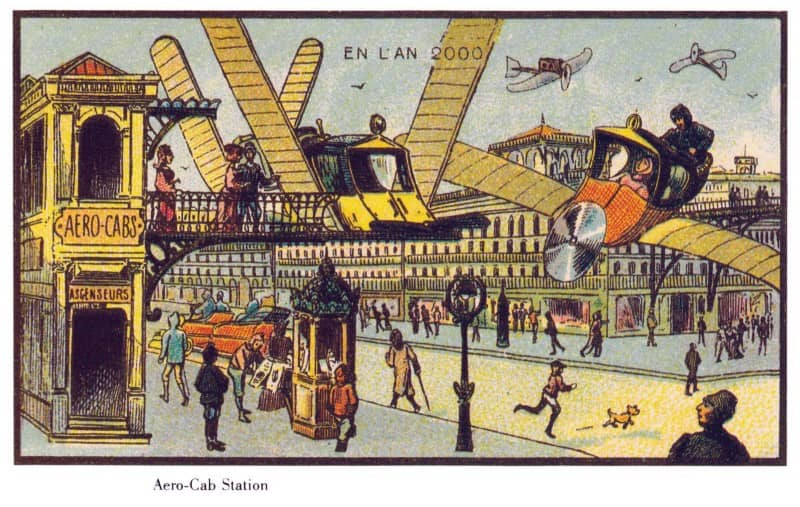
Typing the phrase “transportation of the future” into a search engine is enough to be convinced: a revolution in our transportation practices is underway, outlining a new kind of mobility: autonomous, flying, and largely individual. Despite its prophetic airs, this vision has a long history. In the late 19th century, a full decade before the Wright brothers made the first motorized, controlled flight in the history of aeronautics, it was already commonly predicted that our future daily commutes would be airborne. Has the weight of our daily trips fueled our insatiable appetite for these phantasmagorical transportation systems? Is the sky the limit?
Jammed roads, increasing commute times, health risks… Obstacles to a fluid mobility are numerous and their effects are multiplied within cities as space becomes scarcer and citizens crave for a more fluid city, freed from its nuisances. However, flying cars will soon allow us to wave traffic jams goodbye; with Hyperloop, it will be possible to live in Los Angeles and reach San Francisco in less than 30 minutes. These so-called groundbreaking transportation modes convey a renewed vison of mobility, in which our trips would be fast, non-polluting, and fluid. That is enough to make the eyes of anyone familiar with the hardship of a long, unpleasant daily commute sparkle!
Nonetheless, behind the flying-chariot sketches, autonomous vehicle prototypes, and projects like Hyperloop, lies a vision of what mobility should be; an ideal which cannot be confined only to the transportation mode. What the ubiquity of these transportation modes hides is an eagerness to unbind mobility, to move freely, unhindered. Thus, to the current technological solutionism, that could be summed up by diverting the Chinese proverb: “when a finger points at future mobility, the imbecile looks at the transportation mode”, it is crucial to substitute a debate in which transportation modes would no longer be the centerpiece of our collective imagination.
Indeed, to make modes and technologies the sole future of mobility is to overshadow the significance, if not the necessity, of networks in daily mobility matters. The future of mobility lies in networks, their efficiency and their interconnections. The aim behind the development of autonomous or flying cars is to fluidify daily mobility. It is not being opposed to progress than to consider the possibility of achieving this goal by optimizing the use of assets such as roads, by increasing the frequency of public transport, by advocating for increased bike use through the development of dedicated infrastructures and services. These are all solutions that, despite their proven effects on mobility fluidification, do not enjoy the same media coverage, because they are deemed less revolutionary but especially less flashy.
The future of transportation may already be here. Short-distance car-sharing, dynamic optimization of road traffic network, demand-responsive transport… The spectrum of tools for a more fluid city is extensive. Why continue to scrutinize the sky and wait for flying cars when proven solutions exist?
These other publications may also be of interest to you:

Sending out an SOS

Behind the words: telecommuting
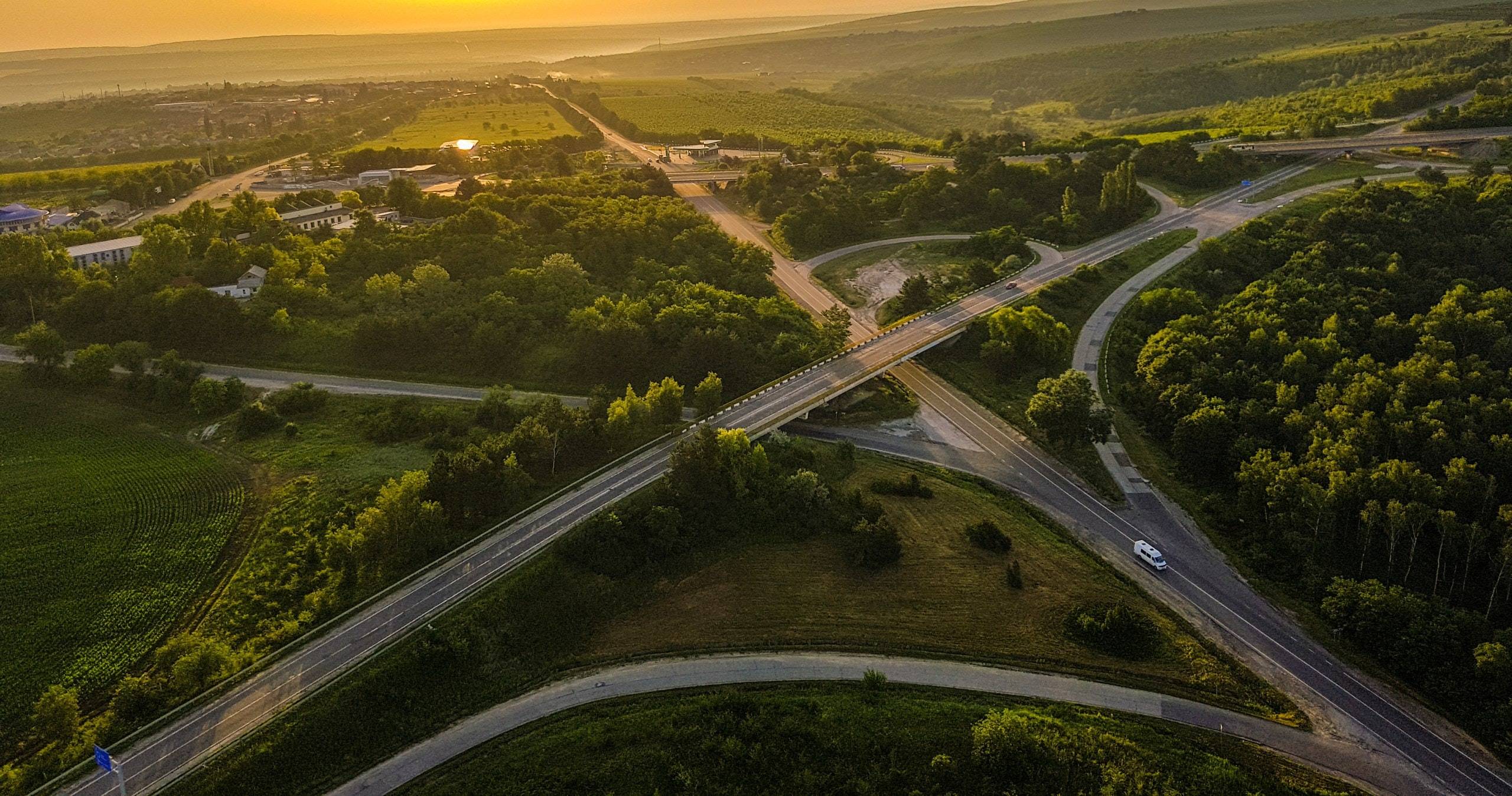
Behind the words: urban congestion
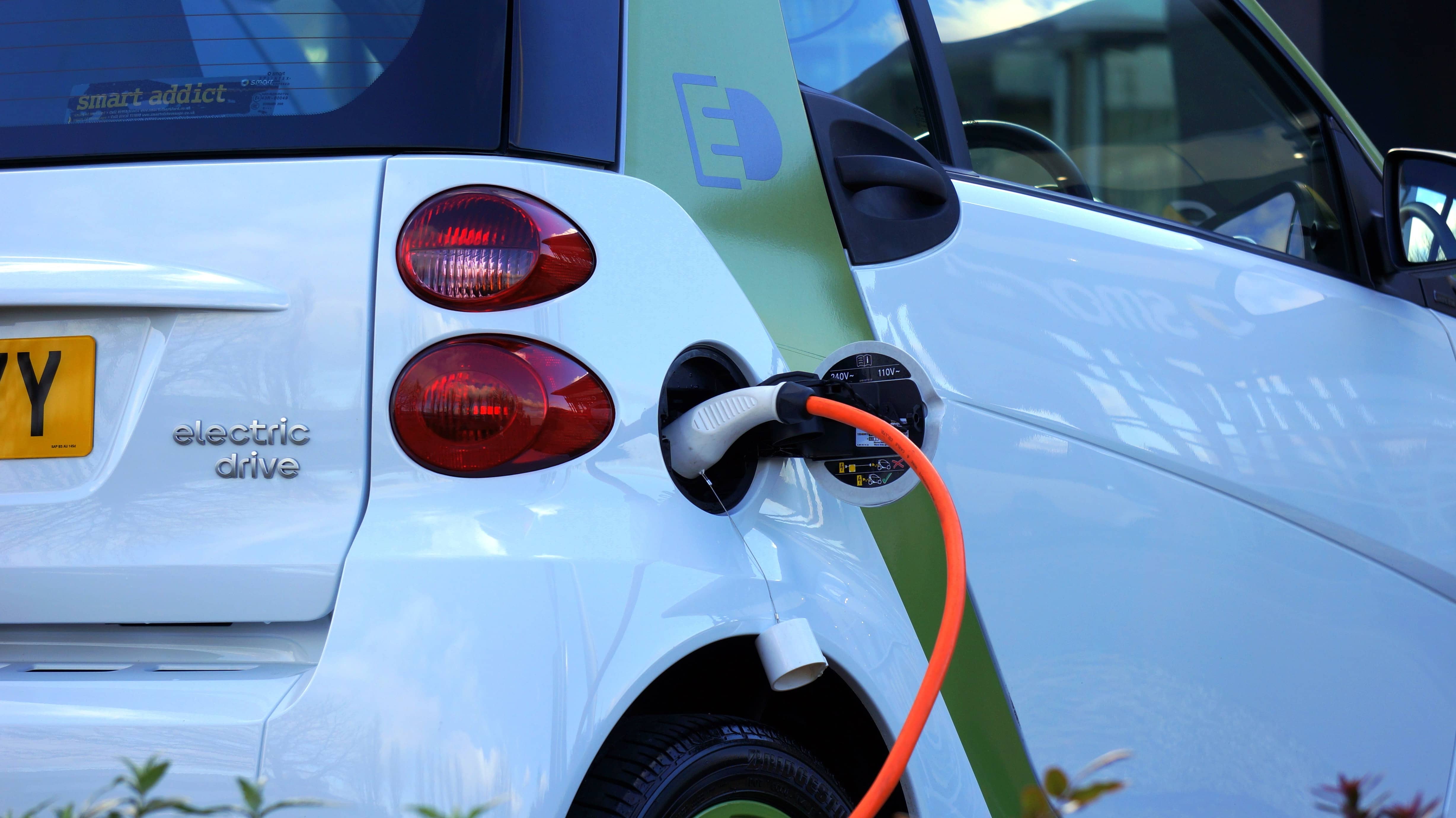
The political and technological challenges of future mobilities

Inventing the future of urban highways
“Dig, baby, dig”
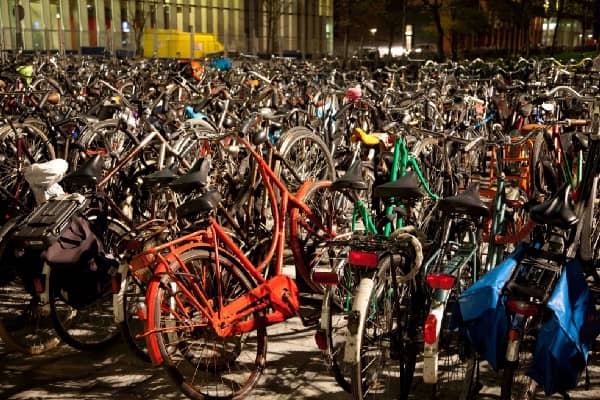
On foot or by bike? While Paris walks, Amsterdam pedals
La Fabrique de la Cité
La Fabrique de la Cité is a think tank dedicated to urban foresight, created by the VINCI group, its sponsor, in 2010. La Fabrique de la Cité acts as a forum where urban stakeholders, whether French or international, collaborate to bring forth new ways of building and rebuilding cities.















